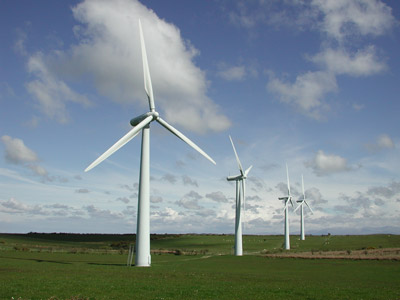Just last week, Lt. Gov. David Dewhurst announced interim charges for Texas Senate committees that will explore issues and solutions during the interim period before the 82nd Texas Legislature convenes in January 2011. Among the agencies addressed was the Texas Parks and Wildlife Department (TPWD). Below is a listing of some committee interim charges relevant to TPWD and its mission that could impact its constituents.
Natural Resources
- Analyze and compare the differences in cost between immediate implementation of the State Water Plan compared to staged development over time.
- Review the joint planning process for management of groundwater resources and monitor the progress of groundwater conservation districts’ efforts to establish, before the statutory deadline, desired future conditions for aquifers.
- Study the need for the state to regulate the drilling of new wells within proscribed depths and distances of Texas rivers, in order to prevent the draining of surface water from alluvial plains of river basins.
- Monitor the environmental impacts, including water usage, and role of the TCEQ and other agencies in oil and natural gas development in areas of the state such as the Barnett Shale Continue reading Texas Addressed Conservation Issues
